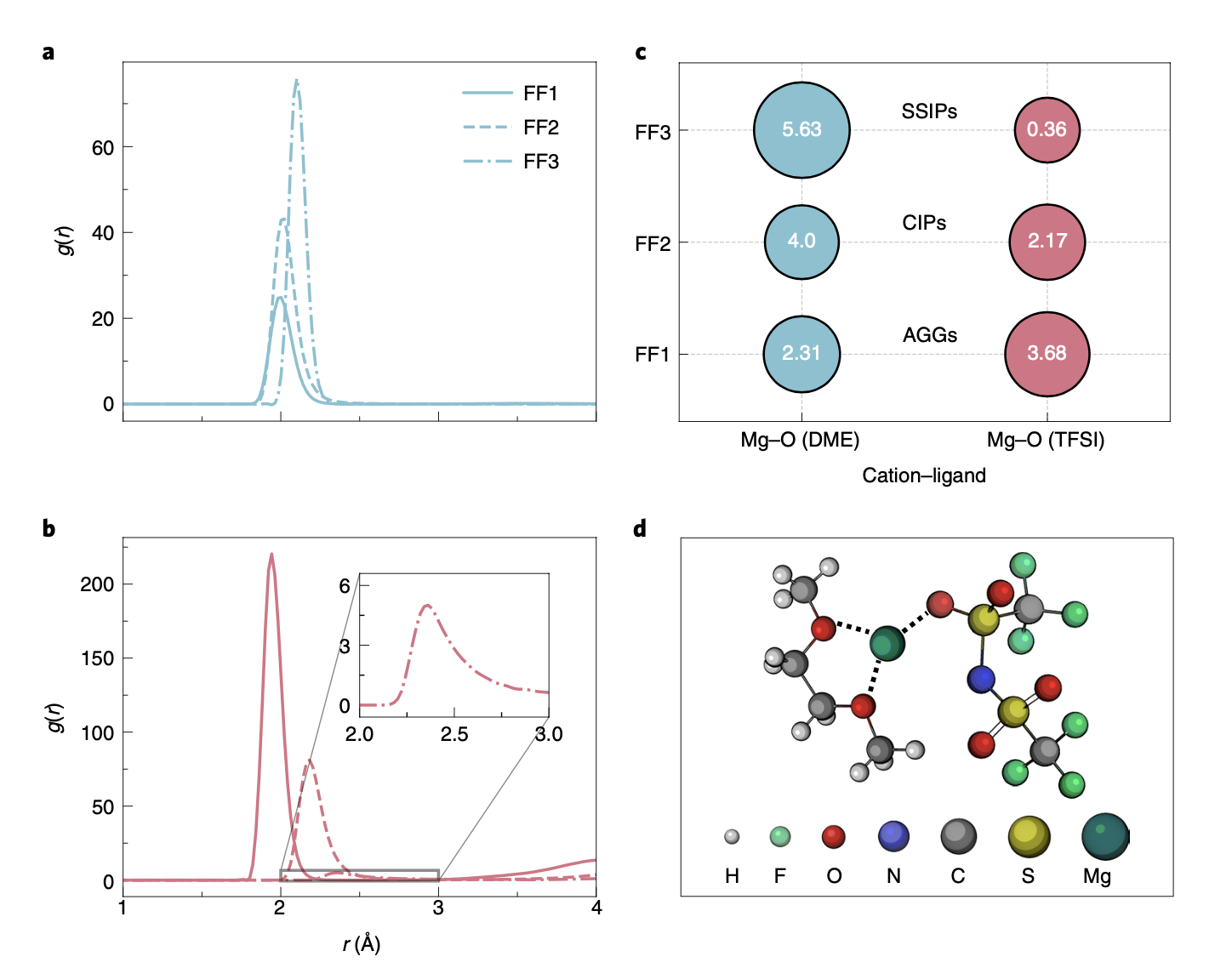Multivalent Batteries: Next-Generation Energy Storage
Multivalent batteries are a promising advancement in energy storage, utilizing ions like magnesium (Mg²⁺), calcium (Ca²⁺), zinc (Zn²⁺), or aluminum (Al³⁺) as charge carriers. With their ability to transfer multiple electrons per ion, these systems offer significantly higher energy densities compared to lithium-ion batteries, potentially delivering greater capacity and efficiency.
These batteries provide key advantages, including higher energy density, lower costs, and improved safety. Materials such as calcium and zinc are more abundant and sustainable than lithium, while metals like magnesium reduce risks of dendrite formation, enhancing safety. These features position multivalent batteries as a compelling alternative for diverse applications.
However, challenges hinder their adoption. Multivalent ions interact strongly with host materials, limiting ion mobility and slowing charge/discharge rates. Developing compatible electrolytes is complex, as multivalent ions can cause undesirable reactions. Additionally, designing durable electrode materials capable of hosting these ions remains an area of intensive research.
We introduced a fully automated, high-throughput computational framework that extracts and categorizes hundreds of thousands of atomic clusters from classical molecular dynamics simulations, identifies the most stable species in solution and calculates their NMR chemical shifts via density functional theory calculations. It has been tested for for magnesium bis(trifluoromethanesulfonyl)imide salt in dimethoxyethane solvent
